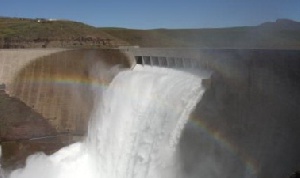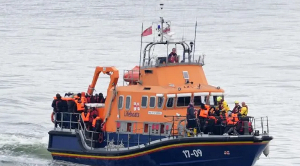Regional News of Thursday, 28 August 2014
Source: starrfmonline.com
Burkina Faso to spill Bagre Dam on Friday
The National Disaster Management Organisation (NADMO) has alerted residents in the catchment area of the White Volta to the spillage of the Bagre Dam in Burkina Faso, from Friday August 29.
The spillage, which will continue gradually until the water level normalises, follows the rapid rise in the water level of the dam.
Speaking to the Daily Graphic, the National Coordinator of NADMO, Mr Kofi Portuphy, said the water in the dam would be spilled because it had reached a critical level.
Areas to be affected by the spillage include the Northern, Upper East, Eastern and the Volta regions.
He, therefore, advised that residents in those areas should be ready to be evacuated to higher ground since the spillage was likely to cause flooding in those areas.
Mr Portuphy appealed for co-operation from all spheres of the society, especially the chiefs and opinion leaders, during and after the spillage.
He also called on women who hunt for wild nuts and firewood to be careful and stay at home when they see signs of flooding.
Children in the affected communities have also been advised to desist from going to the bush unaccompanied.
According to him, NADMO has initiated measures to minimise the impact of the spillage.
The exercise is carried out annually by the Burkinabe authorities to rid the dam of excess water.
It often affects the lives of residents in parts of the Northern and Upper East regions in Ghana since the spilled water destroys their farms, houses and other properties.
In 2007, the Government of Ghana declared a state of emergency in the Upper East, Upper West and Northern regions because of the spillage which affected over 300,000 people and caused the death of nearly 50 people.
Some 35,000 houses, 1,500 kilometres of road and a thousand hectares of crops were destroyed.
The Bagre Dam was constructed in 1992 with 67 billion CFA Francs from the World Bank.
It contains seven billion cubic metres of water and is used to irrigate cereals by 3,325 families.
It is the biggest dam in Burkina Faso, 40 metres deep, 400km long and 90km wide. It can support between 40,000 and 80,000 hectares arable land but currently, only 4,000 hectares is being utilised.
It also generates hydroelectricity with two turbines.











